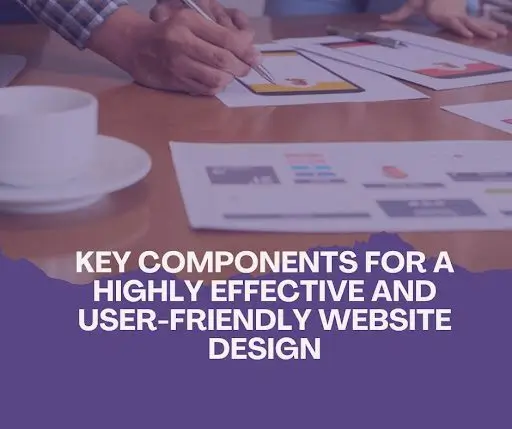In the realm of modern web development, understanding and implementing effective web development strategies is crucial. The field has evolved significantly, placing user experience and functionality at the forefront. From crafting visually appealing interfaces to ensuring seamless functionality, these strategies play a pivotal role in creating exceptional online experiences.
Understanding Modern Web Development
Modern web development strategies encompass more than aesthetics and functionality. They now encompass a holistic user experience, where responsiveness and accessibility across devices are paramount. This shift in user expectations has brought mobile optimization and responsive design to the forefront as core strategies. As part of the design strategy, developers collaborate with designers to create engaging experiences that translate seamlessly across various devices. To gain more knowledge about web development best practices, you can refer to our comprehensive guide.
Front-End Development Strategies
Front-end development is the face of your web application. The use of HTML5, CSS3, and JavaScript ES6+ forms the foundation for creating dynamic and engaging interfaces. Modern front-end frameworks like React, Vue, and Angular provide developers with powerful tools to build interactive user interfaces efficiently. Embracing a mobile-first approach ensures that your web application is designed with responsiveness in mind from the outset.
Back-End Development Strategies
While the front end captures user attention, the back end powers the functionality behind the scenes. Choosing the right server-side programming language, such as Node.js, Python, or Ruby, is crucial for backend developers. Developing RESTful APIs enables seamless data communication between front-end and back-end components. Effective database management and optimization techniques contribute to the overall performance of the web application, ensuring a smooth user experience.
Full-Stack Development and Integration
The demand for full-stack developers who can handle both front-end and back-end development has grown significantly. Full-stack developers possess the skills to integrate these components seamlessly, creating a cohesive user experience. They understand the intricacies of both ends and can bridge the gap between design and functionality effectively. This approach streamlines the development process and ensures consistency throughout the application.
Performance Optimization and User Experience Enhancement

In the realm of modern web development, speed is paramount. Websites must load quickly to retain user engagement and avoid high bounce rates, which can impact search engine rankings. Employing techniques to optimize website performance, such as minimizing file sizes, leveraging caching mechanisms, and utilizing content delivery networks (CDNs), can significantly enhance user experience and search engine optimization. Additionally, focusing on intuitive navigation and user-friendly design contributes to a positive user journey and enhanced experience.
Executing Cutting-Edge Approaches in Web Development
As technology continues to advance, advanced strategies are gaining prominence. Front-end web development is no longer limited to static websites; the demand for dynamic websites has led to the incorporation of more complex functionalities. Progressive Web Apps (PWAs) combine the best of web and mobile applications, offering enhanced user experiences. Serverless architecture provides scalability without the hassle of managing servers. APIs and microservices enable modular development, allowing for flexible and efficient application scaling. Incorporating artificial intelligence and machine learning adds a layer of intelligence to web applications, creating an engaging experience for users.
Testing, Debugging, and Continuous Improvement
Testing is a cornerstone of effective web development. From unit testing to user acceptance testing, these processes ensure the application’s functionality and reliability. Debugging tools aid in identifying and resolving issues swiftly. Embracing continuous integration and continuous deployment (CI/CD) pipelines streamlines development and deployment processes, leading to more efficient workflows. Quality Assurance (QA) teams play a critical role in ensuring that the final product meets high standards.
Staying Current and Future Trends
Web development is a dynamic field, constantly evolving to meet new challenges and opportunities. Staying current is essential to remain competitive. Continuous learning and skill development are vital components of a successful web developer’s journey. As emerging technologies like augmented reality, virtual reality, and voice interfaces gain traction, web developers must adapt to these trends to deliver innovative and cutting-edge experiences. Incorporating search engine optimization techniques ensures that your website ranks well on search engines and stands out among competitor websites.
Conclusion
Mastering modern web development strategies is a journey of continuous learning and adaptation. From understanding the evolving landscape to implementing advanced techniques, each step contributes to the creation of exceptional online experiences. By focusing on user-centric design, optimizing performance, and staying informed about emerging trends, web developers can create web applications that stand out in today’s competitive digital landscape. As the future unfolds, those who embrace these strategies will be well-equipped to shape the digital experiences of tomorrow, employing effective content strategy, delivering high-quality content, and aligning with overarching business strategies. As the web development industry evolves, the pursuit of creating high-quality websites with engaging experiences remains at the forefront of success.







